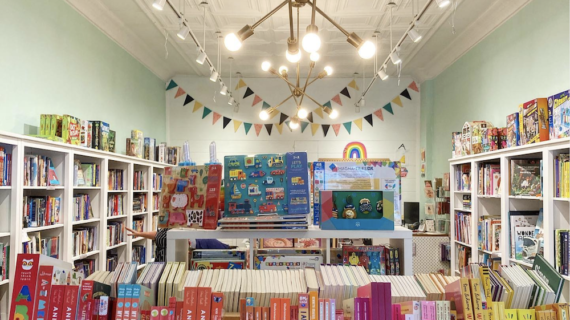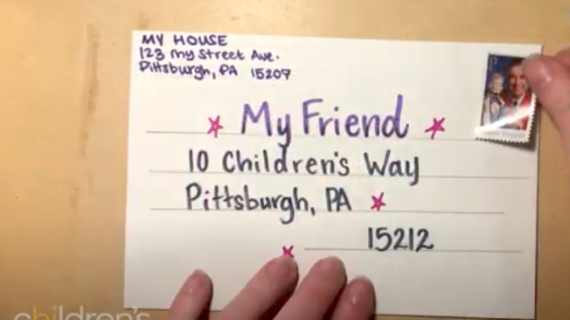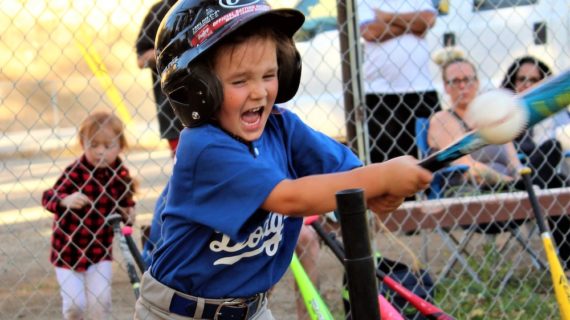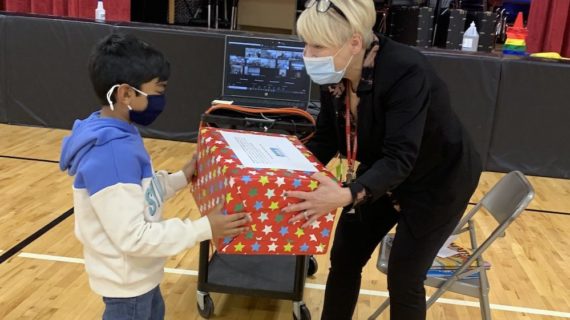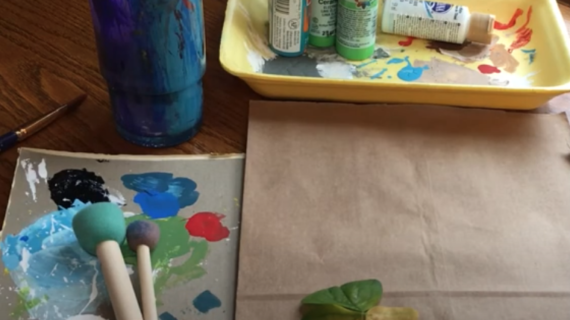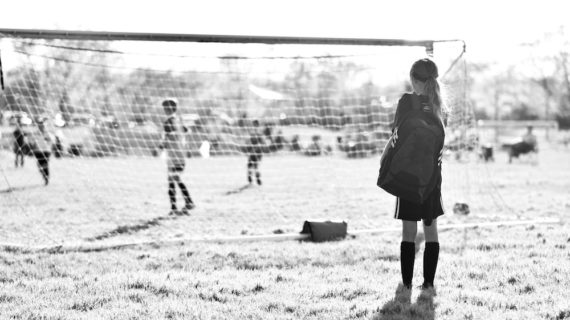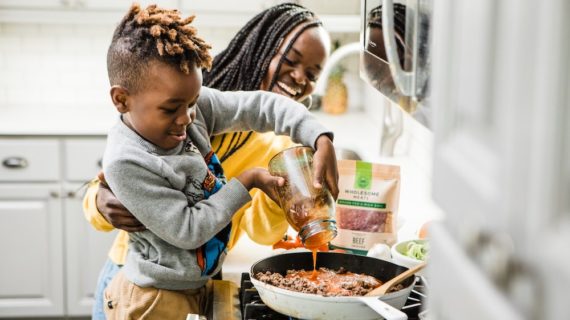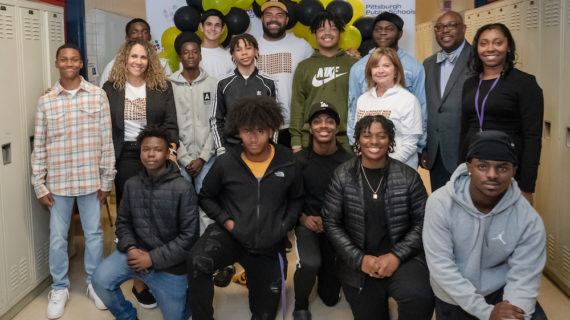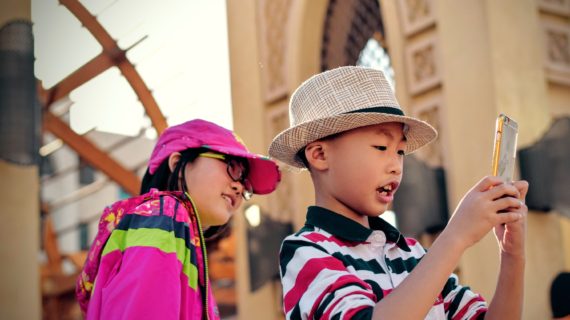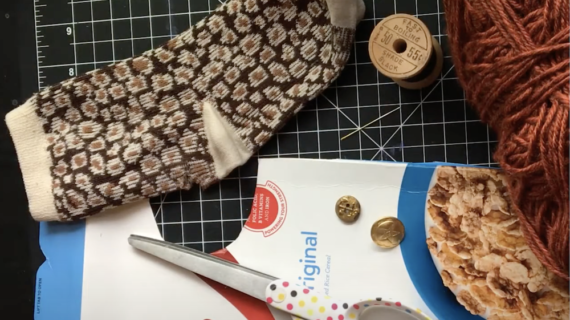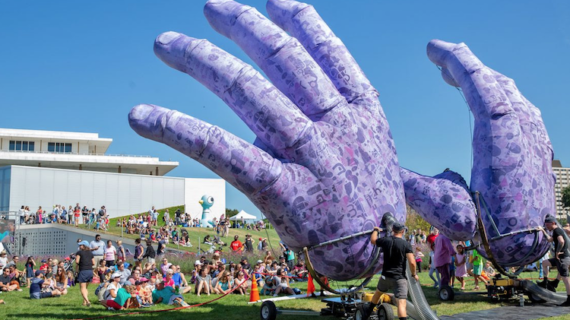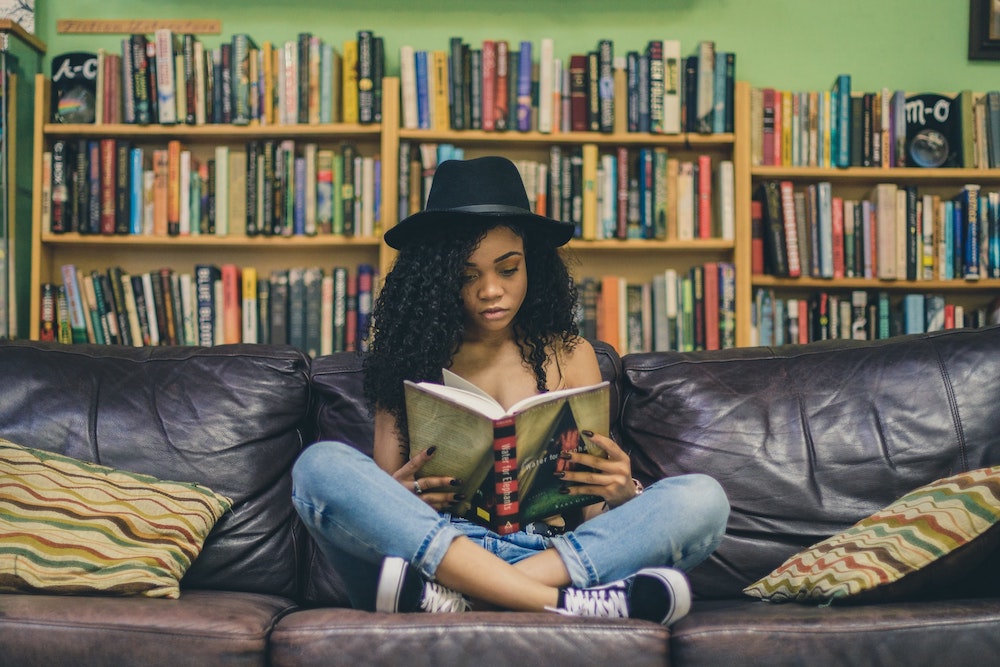
Halloween reading: Pittsburgh writers say scary books for kids can be empowering — and teach empathy
Photo by Seven Shooter on Unsplash.
A recent conversation with my son, who is 4 years old, went something like this:
Him: I want to be a skeleton.
Me: Didn’t you tell me yesterday that you wanted to be a robot?
Him: I changed my mind.
Me: Weren’t you a skeleton last Halloween?
Him: No, I was a skeleton-ghost.
Me: Oh, right.
Him: That’s very different.
My son takes this spooky season quite seriously. From yard decorations to trick-or-treating routes to costumes, he gives it all a lot of solemn consideration.
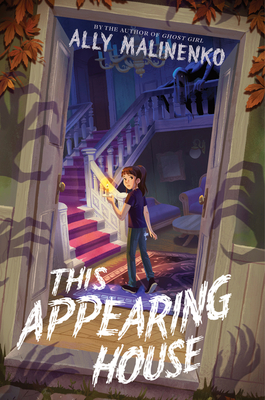
I guess that shouldn’t surprise me. My son is Pittsburgh born and bred. Growing up in the zombie capital of the world surely makes Halloween resonate a bit more. It’s in our blood.
The earnestness with which my son approaches every other aspect of our creepy celebrations also goes for the books we read together this time of year too. It started two years ago with Eve Bunting’s delightfully chilling picture book, with art by Jan Brett, “Scary, Scary Halloween” (“I peer outside, there’s something there. That makes me shiver, spikes my hair. It must be Halloween.”)
While that book is still a favorite, my son quickly graduated to the gateway horror tales of Alvin Schwartz’s “In a Dark, Dark Room and Other Scary Stories.” This book, part of HarperCollins’ “I Can Read” series aimed at very young readers, features simple sentences and very few words with more than two syllables. But Schwartz’s collection of folk tales and urban myths is a gruesome winner full of ghosts and monsters and corpses that many kids will find fascinating — and scary in the best possible way.
University of Pittsburgh alumnus and author Ally Malinenko remembers her own introduction to Schwartz’s books: “There are some very dark tales in those collections,” she says. “Also, the illustrations made my blood go cold. I couldn’t stop looking at them as a kid even if I wanted to look away.”
Malinenko is no stranger to the scary side of the tracks. She is the author of “Ghost Girl” and “This Appearing House,” both middle-grade horror novels.
THE EMPOWERING EXCITEMENT OF ‘SAFE SCARY’ BOOKS
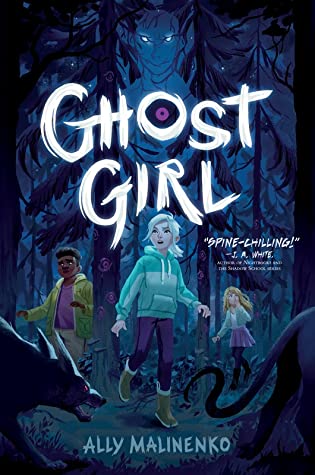
Scary books are actually quite popular with many kids, so Kidsburgh asked Malinenko and other Pittsburgh writers what they think that’s all about.
“Scary books are what I call “safe scary” because you can walk away at any time,” says Malinenko. “Scary books also give kids agency. It gives them power. A thing that children, by nature and status, do not have. They live in a world where they are told when to get up, when to go to bed, what to eat, when to eat it, what to watch, and sadly what to read. When kids read books, they get to play the main character. They’ll go into the woods, into the dark but they’ll come back out on the other side, where the light is. They’ll survive the night. That is what horror books teach us – survival.”
The writer Tom Sweterlitsch, who resides with his family in Greenfield, recalls his own daughter’s early enchantment with the macabre and her fascination with characters who prevail when things get challenging.
“As early as preschool, she said she wanted to be a witch when she grew up — and meant it,” says Sweterlitsch, who has written two acclaimed science fiction novels. The most recent, “The Gone World,” is a time travel story with more than a touch of terror in the mix.
“I remember she started reading the Goosebumps books by R.L. Stine early on, and she read stacks of them. One of her favorite books was called ‘The Girl in the Locked Room’ by Mary Downing Hahn.”
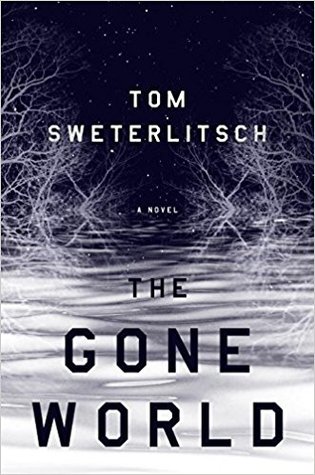
When he asked his daughter what draws her to scary stories, she said that she likes “the intensity and action’ of horror stories,” and “finding out how the characters will win.”
Squirrel Hill author Zoje Stage has a similar perspective.
“There is no safer place to confront a frightening character than in a book. Books are the closest any of us get to living inside another person’s head, and I have to think that’s beneficial in any number of ways,” Stage says. “Books are portals for empathy, exploration, and learning fundamental things about what’s possible—even through stories of the impossible. Watching a character go through a difficult experience allows a reader to weigh how they would navigate such an experience.”
BOOKS AS ‘PORTALS FOR EMPATHY’
“There are any number of situations—or people—that may seem frightening to us, and encountering them within the safe pages of a book may give a young person a small sense of being better prepared, and maybe even more confident,” says Stage, whose novels for adults include the unsettling titles “Baby Teeth” and “Wonderland.”
Confronting fear is a popular theme in many scary books for kids.
“The first ‘scary’ book that I remember — one that I really liked — was a book my mom read to me called ‘There’s a Nightmare in my Closet,’ about a little boy who one night decides to confront his fear of the monster he’s sure lives in his closet. The author’s name is Mercer Mayer. The monster is revealed to be kind of goofy and vulnerable and much more terrified of the little boy than the boy is terrified of it. So the book turns out to be not so scary at all,” says Sweterlitsch.
“But it starts off kind of scary. I think the illustrations had the most impact on me at the time, and I liked how the little boy was brave—stories about heroes and monsters and the idea that not everything that seems evil is evil are all ideas that still interest me.”
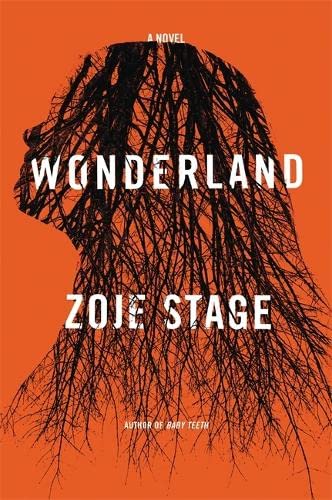
Discovering that the monster was “kind of goofy and vulnerable” brought Sweterlitsch to that experience of empathy that Stage mentioned.
Malinenko builds on that idea: “Horror by nature builds empathy, simply because when the main character is threatened, you root for them. You want them to win. You want them to survive the night. A connection is built. A lesson is learned. A fear is conquered.”
Could there be other reasons for kids to read scary books?
Malinenko has this thought: “Horror has always been a place to talk about harder subjects – grief, trauma, fear – in a way that other genres can’t.”
Stage agrees: “Horror provides a platform for exploring the darker aspects of humanity and society.”
In the recently published “Ophie’s Ghosts”, a middle-grade ghost story by Justina Ireland that’s set in the 1930s, a young girl moves from the southern U.S up north to Pittsburgh and encounters a mansion full of spirits. Ireland uses horror tropes to discuss racism and the legacy of slavery. In Malinenko’s own “This Appearing House,” she turns a haunted house tale into a profound meditation on illness and trauma.
“The real world can be so genuinely hard and scary, but horror books and movies come with a certain amount of predictability and resolution. And I think it can be satisfying to go through the totality of those emotions in a way we know is safe,” Stage says. “I can’t imagine being a kid today, with the looming threats of school shootings and climate change. Maybe I’m a little nuts, but I think there’s a therapeutic benefit to kids reading horror, where they get to experience something frightening in a setting removed from their own life, and get to see how the young hero prevails.”
GETTING SAFELY ‘BACK TO THE LIGHT’
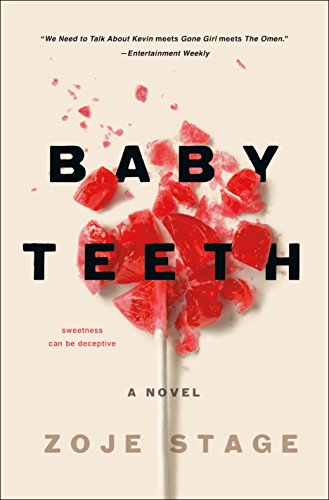
“Horror trusts kids.” says Malinenko. “It respects that they can handle the dark. And middle grade, unlike adult horror, promises to bring them back to the light at the end. It is horror with heart. Horror with hope. And I think that is some of the best storytelling there is.”
Then can a good scare be good for you?
“Scary stories can be important for younger readers, but I think it really depends on the kid,” says Sweterlitsch. “Not every younger reader will have an appetite for scary stories. I spend a lot of time trying to stay a few steps ahead of my daughter’s reading, researching books and movies she’s interested in to make sure they’re things she can handle, especially with movies. She hasn’t ever been scared by a book she’s reading—excitement, rather than fear.”
If a young reader has an appetite for scary stories, he says, “then yes, I think they can be tremendously important. Imaginative stories feed the imagination. And they’re a lot of fun. The best way to encourage kids to read is to get them books they love reading.”
